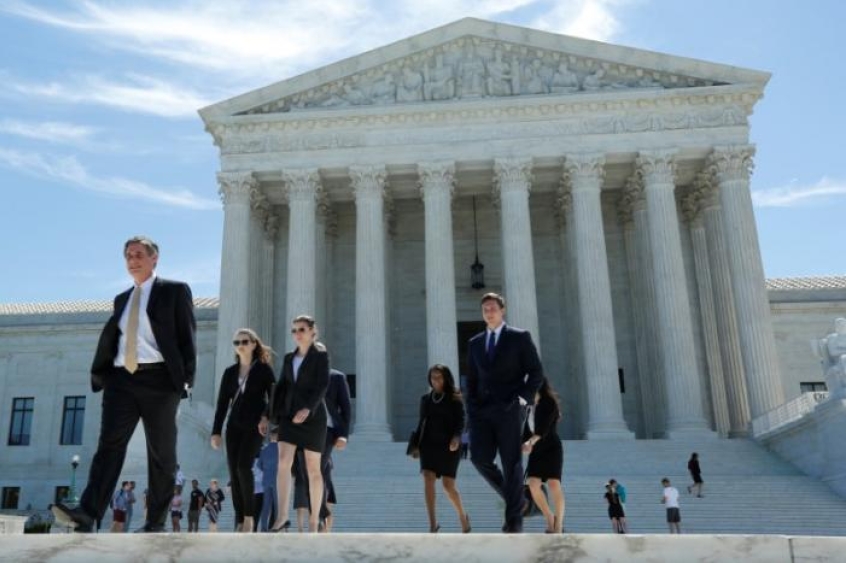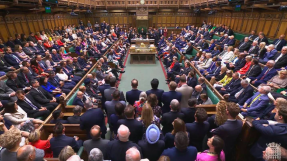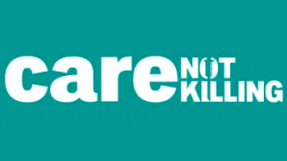
* Partner Post
Teenagers must be aware of many things and one thing it's good to know about is Supreme Court cases so that they become informed and aware world citizens. The highest court of the nation has had a say on many cases regarding the rights of teenagers in when it comes to free speech in school. Take a look at the ten significant Supreme Court Cases that teens should be familiar with.
- Tinker Vs. Des Moines Independent School District- In December 1965, John and Mary Beth Tinker along with their friends went to school dressed in black armbands to protest the Vietnam War. The authorities advised to take off the armbands, but they refused and got suspended. These students with their parents sued the school district for the violation of freedom of speech. The court though sided with these students but did not grant them the right to unlimited self-expression. The court declared that as far as the act of expression does not disrupt school activities or class work or invade others rights, it is permissible.
- New Jersey vs. T.L.O- A 14-year-old student, T.L.O. of New Jersey's Piscataway High School was caught red-handed by a teacher smoking in the school premises. The principal questioned her and searched her bag which yielded rolling papers, packets of cigarettes and some marijuana. The principal informed the police right away, and T.L.O. admitted that she sold drugs in school. The 14-year-old appealed her conviction and claimed that searching her bag violated the 4<sup>th Amendment protection which was against unreasonable seizures and searches. The court ruled in the school's favor. Students possess legitimate expectations when it comes to privacy, but there should be a balance between the responsibility of the school to maintain a setting where learning and studies can take place.
- Ingraham vs. Wright- In this case, teachers accused 14-year-old James Ingraham, a student of Miami's Drew Junior High School of behaving in a rowdy way in the school auditorium. On hearing about this incident, the principal decided to use a paddle on him, but James refused the punishment saying he had not done anything wrong. However, he was held down by force, and the principal hit him 20 times. As a result of the physical punishment, James suffered a hematoma and could not attend school for about ten days. The student and his parents sued the school calling it 'cruel and unusual punishment.' The court ruled against him and stated that physical discipline of a reasonable nature at school does not violate the Constitution. As per the 8<sup>th Amendment it was designed for protecting the convicted criminals against severe punishment by the government and not for school kids that misbehave. The court told the principals and teachers to use restraint while deciding whether to administer students with corporal punishments. To know more contact a Geman Criminal Defense Lawyer.
- Jane Doe vs. Santa Fe Independent School District- A student chaplain was allowed by a school district in Texas to lead a prayer on the public-address system at a home football game. Some students and their parents sued the school district claiming a violation against the Establishment Clause of the First Amendment that states Congress will make no law that respects the establishment of religion or prohibit thereof the free exercise. The court ruled that the policy of the school district concerning the prayer was unconstitutional.
- Kent Vs. United States- 16-year-old Morris Kent was arrested on two counts of rape, three robberies, and three home burglaries. Owing to the seriousness of this charge as well as the previous criminal history of Morris, the prosecutor moved to try him in an adult court. His lawyer wanted the case to be decided in the juvenile court, which carried less severe penalties. The court ruled against him and stated that a minor indeed could be tried as well as punished as an adult.
- Kuhlmeier vs. Hazelwood School District- Students of St Louis's Hazelwood East High School helped in writing and editing the school paper "Spectrum" which was a part of their journalism class. One of the papers was to include contents regarding teen pregnancy and the impact of divorce on students. The principal of the school refused to publish it as the subject was highly sensitive for students. The students went to court and claimed that this was a violation of their freedom of expression. The court ruled against them and stated that a school newspaper was not a public forum where anybody could voice their opinion but was a highly supervised learning experience especially for those interested in journalism.
- Vernonia School District vs. Acton- 12-year-old student James Acton wanted to try for the football team. The school required every student athlete to take drug tests during the commencement of the season and during the school year. The parents of James refused to get him tested as there had been no evidence of him taking alcohol or drugs. He was suspended from sports and he with his parents sued the school district. The court ruled in the school's favor.
- Westside Community Schools vs. Mergens- A senior at Omaha's Westside High School, Bridget Mergens asked the school's permission to start a Christian club after school. The school already had 30 clubs, and the principal refused her request. The court ruled in Bridget's favor saying that allowing students to gather on the campus after school to discuss religion did not amount to the religion's state sponsorship.
- Grutter vs. Bollinger- A white resident of Michigan Barbara Grutter was denied admission in the University of Michigan Law School in 1997 despite a good score. She filed suit, claiming it was due to her race, but the Court upheld the utilization of affirmative action, especially in higher education.
- DeShaney vs. Winnebago County Social Services- A 4-year-old stayed with his father who abused him physically. The State Department of Social Services took custody of the boy but returned him to his father after three days. After that, the boy suffered severe abuse that resulted in bruises and brain damage, and he needed hospitalization. The boy survived, but he was mentally disabled and permanently paralyzed. His father was convicted and his mother sued the Department of Social Services for returning the boy to his abusive father. The Supreme Court ruled against his mother stating that the Constitution by no means protects children from private actors and that the Government does not have any fault in this case.
These are the ten famous Supreme Court Cases that teens should be aware of.













